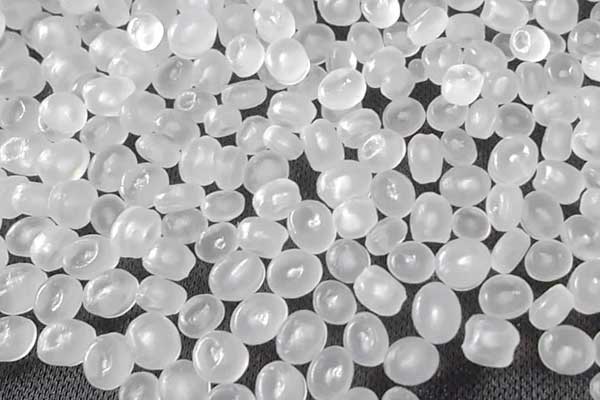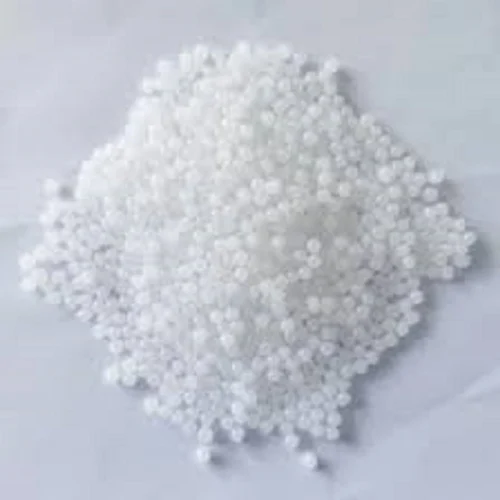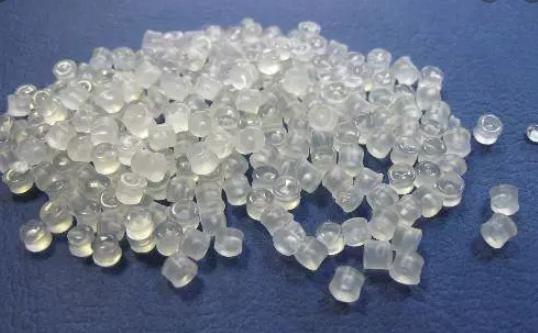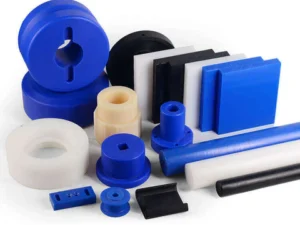Description
Polypropylene Homopolymer: The Versatile Workhorse of the Plastics World
Polypropylene (PP) is a ubiquitous plastic material, found in everything from food containers to automotive parts. Within the PP family, polypropylene homopolymer stands out as a foundational grade, prized for its stiffness, chemical resistance, and affordability. This article delves into what polypropylene homopolymer is, its key properties, common applications, and potential drawbacks.
Understanding Polypropylene Homopolymer
Polypropylene homopolymer, as the name suggests, is a polymer made up of repeating propylene units. This simple, uniform structure contributes to its specific characteristics. Unlike copolymers, which incorporate other monomers into the chain, homopolymer consists solely of propylene. This uniformity translates to higher crystallinity, leading to improved stiffness and tensile strength.
Key Properties and Advantages:
- High Stiffness and Tensile Strength: Polypropylene homopolymer excels in applications requiring rigidity and load-bearing capabilities. Its crystalline structure resists deformation under stress.
- Excellent Chemical Resistance: It is resistant to a wide range of chemicals, including acids, alkalis, and organic solvents, making it suitable for containers and equipment exposed to harsh substances.
- Good Heat Resistance: While not as high as specialized high-temperature polymers, PP homopolymer can withstand temperatures up to a certain point, making it suitable for applications involving moderate heat exposure.
- Lightweight: Compared to other materials like metals, PP homopolymer is lightweight, contributing to fuel efficiency in transportation applications and ease of handling in packaging.
- Affordability: PP is a relatively inexpensive polymer, making it a cost-effective choice for a wide range of products.
- Recyclability: Polypropylene is recyclable (typically identified with recycling code #5), contributing to efforts towards reducing plastic waste.
- Good Electrical Insulation: It is an excellent insulator, making it suitable for electrical applications.
Common Applications:
The unique combination of properties makes polypropylene homopolymer a versatile material for numerous applications across various industries:
- Packaging: Food containers (yogurt cups, margarine tubs), bottles, caps, closures, and crates.
- Textiles: Fibers for upholstery, carpets, and industrial fabrics.
- Automotive: Interior trim, battery cases, and bumpers (often with additives to improve impact resistance).
- Housewares: Storage containers, buckets, and furniture components.
- Medical: Syringes, disposable containers, and labware.
- Industrial: Chemical tanks, pipes, and components for machinery.
Potential Drawbacks:
While PP homopolymer offers many advantages, it also has limitations:
- Low Impact Strength at Low Temperatures: Its stiffness can make it brittle, especially at lower temperatures. This can be addressed by modifying the polymer or using additives.
- Susceptibility to UV Degradation: Prolonged exposure to sunlight can cause degradation, leading to discoloration and embrittlement. UV stabilizers are often added to mitigate this effect.
- Flammability: Like other plastics, PP homopolymer is flammable and requires flame retardants for applications where fire safety is critical.
- Limited Barrier Properties: Compared to some other packaging materials, PP offers limited barrier properties against oxygen and moisture, which may be a concern for certain food products.
Conclusion:
Polypropylene homopolymer is a cornerstone of the plastics industry, prized for its versatility, affordability, and desirable material properties. While it has certain limitations, advancements in compounding and modification techniques continue to expand its application range. As industries strive for sustainable solutions, the recyclability of PP homopolymer further solidifies its position as a vital material in modern manufacturing and everyday life. Understanding its strengths and weaknesses allows designers and engineers to leverage its benefits in a responsible and effective manner.











Reviews
There are no reviews yet.